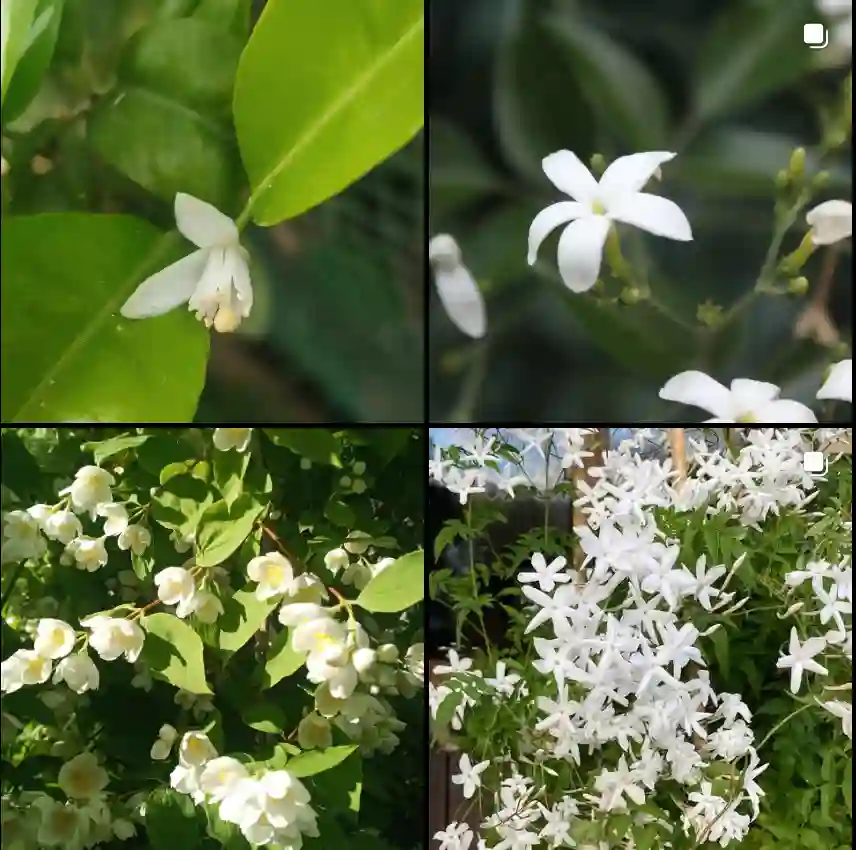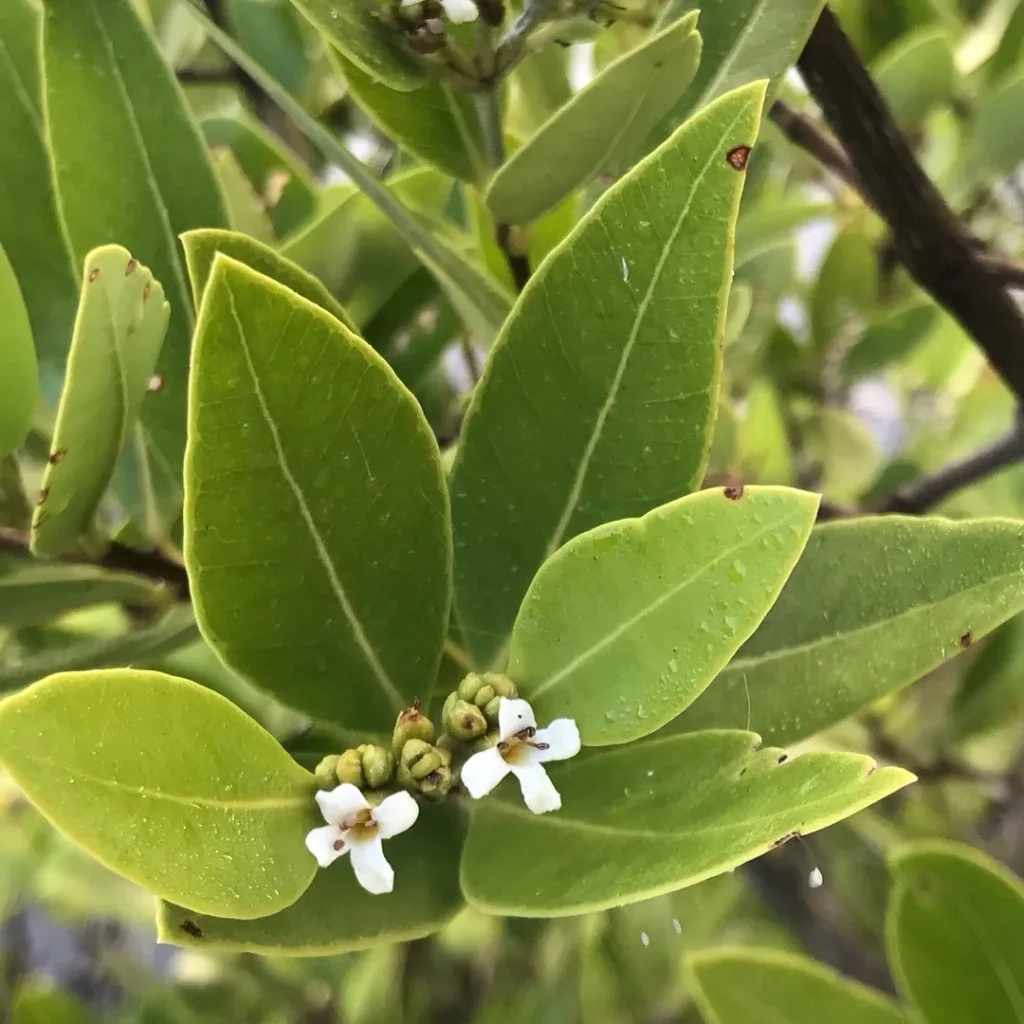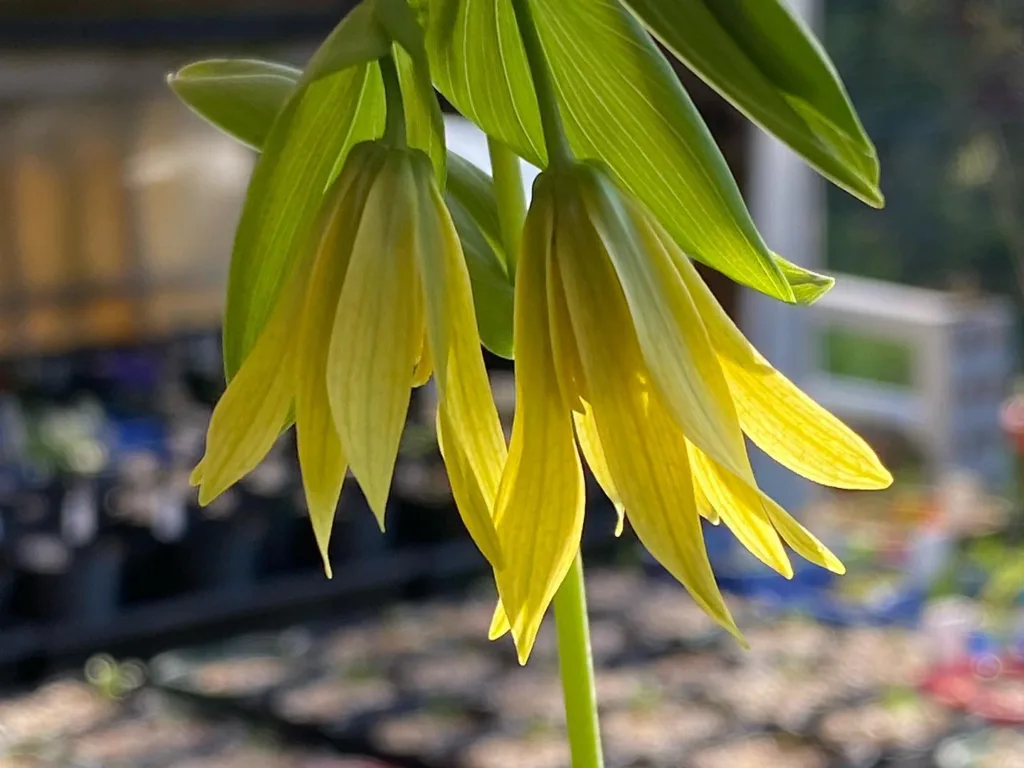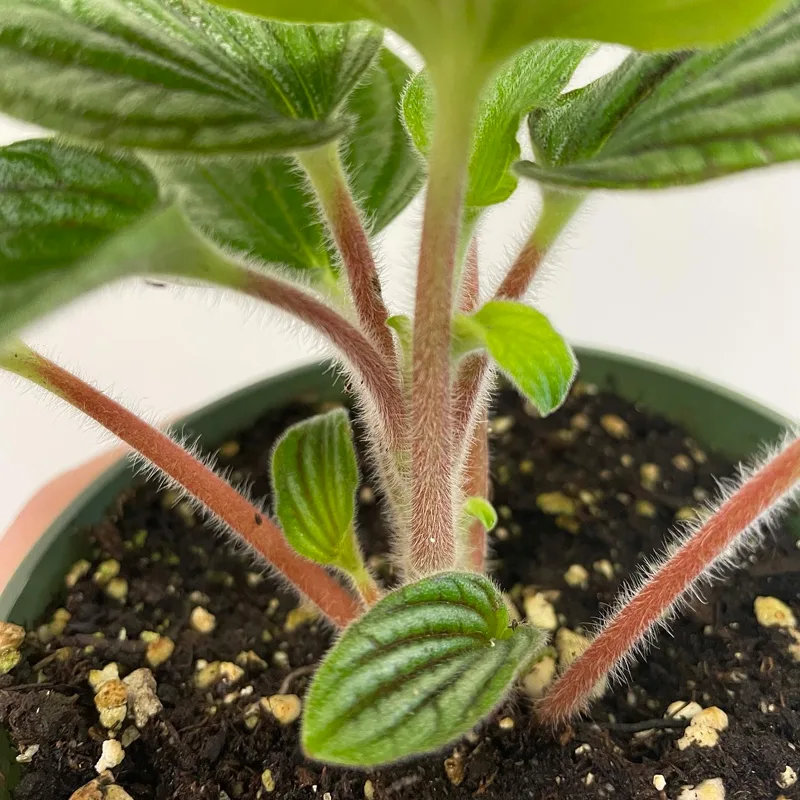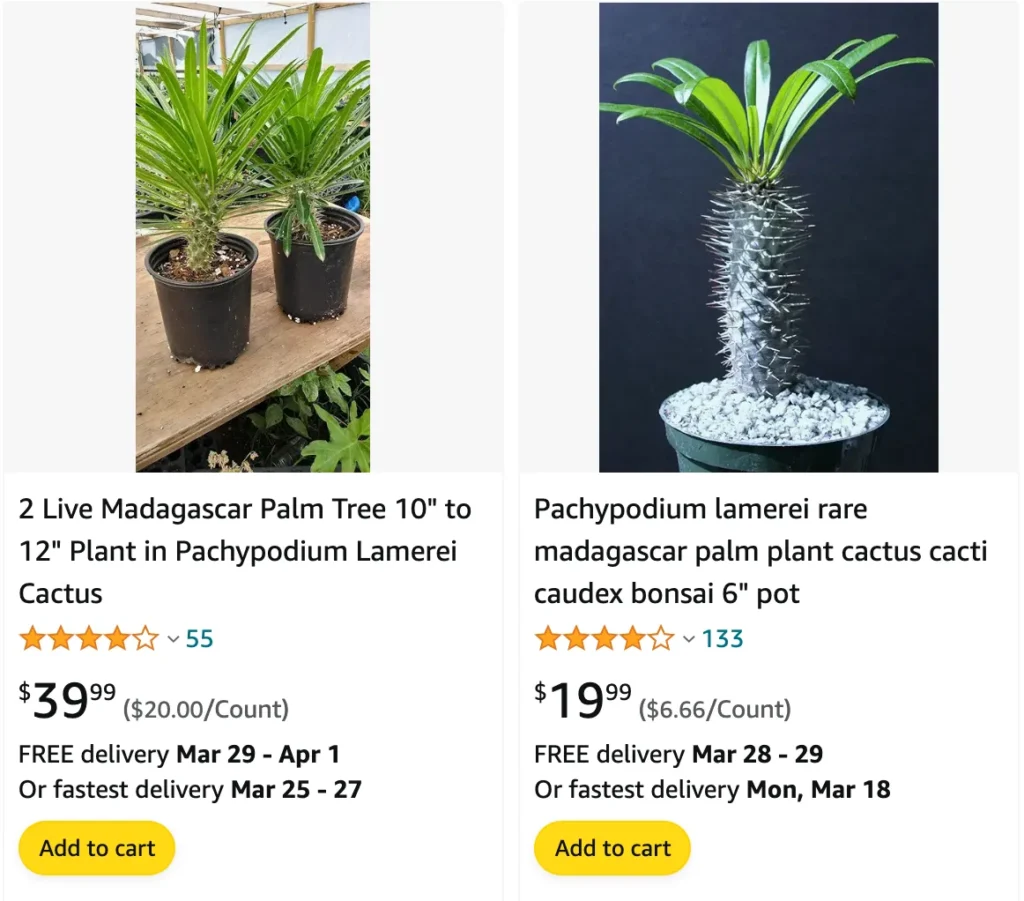
The Madagascar Palm: Unveiling the Spiky Allure of Pachypodium Lamerei
The plant world holds a treasure trove of wonders, and the Pachypodium lamerei, also known as the Madagascar Palm, is one that never fails to capture my imagination. This succulent native of Madagascar boasts a unique silhouette – a spiky, cigar-shaped trunk topped with a crown of lush green leaves. While not a true palm, its architectural form and exotic origins make it a conversation starter in any home. Intrigued by this fascinating plant, I decided to delve deeper into its secrets.
23 Species in Genus Pachypodium
What is Pachypodium Lamerei?
The Pachypodium lamerei belongs to the Apocynaceae family, sharing distant relatives with oleander and plumeria. Unlike its colorful cousins, however, the Pachypodium lamerei focuses on sculptural beauty. This succulent stemmed plant stores water in its thick trunk, allowing it to thrive in Madagascar’s dry forests. In its natural habitat, it can reach heights of 20 feet, but indoor specimens typically reach a more manageable 4-6 feet. The true showstopper is the foliage – long, glossy green leaves clustered at the top of the trunk, creating a dramatic contrast to the spiky gray exterior.
Do Pachypodium Lamerei Have Orange Trunks?
While the most common variety of Pachypodium lamerei boasts a silvery-gray trunk, there are some rarer cultivars that showcase a stunning orange hue. These orange-trunked varieties, often referred to as ‘Fire Sticks’ or ‘Sunset’ varieties, are particularly sought after by collectors. It’s important to note that these orange-toned varieties can be more expensive and require similar care to their gray counterparts.
How to Pronounce Pachypodium Lamerei?
The name “Pachypodium lamerei” might seem like a tongue twister at first. Here’s a breakdown to help you master it:
- Pachypódium (pronounced pach-ee-PO-dee-um) comes from the Greek words “pachys” meaning thick and “podion” meaning foot, referring to the plant’s thick base.
- Lamerei (pronounced lam-AIR-ee-eye) honors Jean-Baptiste Lamarck, a famous French naturalist.
So, the next time you introduce your Pachypodium lamerei to a guest, you can confidently pronounce its name with flair.
How to Take Care of Pachypodium Lamerei?
The Pachypodium lamerei is a relatively low-maintenance plant, perfect for those who enjoy a bit of botanical beauty without the high upkeep. Here are the key things to remember:
- Light: This succulent thrives in bright, indirect sunlight. South-facing windows or a location with plenty of filtered light is ideal. Avoid harsh afternoon sun, which can scorch the leaves.
- Watering: Water deeply when the soil feels completely dry to the touch. Overwatering is a common killer for Pachypodium lamerei, so err on the side of underwatering.
- Soil: Well-draining soil is crucial. A cactus mix or a DIY blend with perlite and sand will ensure proper drainage.
- Temperature: The Pachypodium lamerei prefers warm temperatures between 65-80°F (18-27°C). Avoid placing it near cold drafts or air conditioners.
How Long From Seed to 4 Feet for Pachypodium Lamerei?
Growing a Pachypodium lamerei from seed can be a rewarding experience, but it requires patience. Germination can take anywhere from a few weeks to a few months. Once sprouted, seedlings grow slowly. Reaching a height of 4 feet from seed can take anywhere from 5 to 10 years, depending on the growing conditions.
How to Repot a Pachypodium Lamerei?
Repotting is only necessary every few years, once the plant outgrows its current container. Choose a pot with drainage holes that’s slightly larger than the root ball. Handle the plant carefully due to the sharp spines. Water thoroughly after repotting and avoid fertilizing for a few weeks.
Where to Buy a Full-Sized Madagascar Palm Pachypodium Lamerei?
Finding a full-sized Pachypodium lamerei can be challenging, as most commercially available plants are still relatively young. Your best bet is to look for online retailers specializing in succulents or visit reputable botanical gardens that might sell mature specimens.
The Allure of the Madagascar Palm
The Pachypodium lamerei’s unique beauty and low-maintenance nature make it a captivating addition to any home. Whether you’re a seasoned plant collector or just starting your botanical journey, this spiky wonder offers a touch of exotic flair to your space. With proper care and a little patience, you can cultivate a thriving Pachypodium lamerei that will be a conversation starter for years to come. Beyond its visual appeal, the Madagascar Palm also serves as a reminder of the fascinating diversity of the plant world. So, if you’re looking for a unique and resilient plant to add to your collection, the Pachypodium lamerei might just be the perfect choice.
If i die, water my plants!
